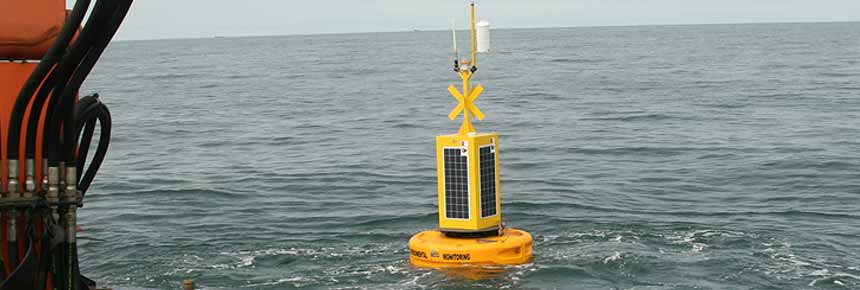AI Modeling to Aid Coastal Water Quality Monitoring

Ocean Scientific International Ltd. (OSIL) are investigating improvements to cost-effective real-time marine water quality monitoring solutions by using AI modeling to help visualize and predict events.
With the aim of improving predictions for high coliform events, OSIL have manufactured and deployed a self-contained 1.2-m Tern data buoy platform equipped with multi-parameter water quality instrumentation, met sensors, and GSM data telemetry system.
The buoy is monitoring local conditions for a range of parameters including coliform bacteria, providing feedback on sedimentation, low oxygen levels, excess nutrients, and effluent pollution. The data is validated externally by the collection of local water samples.
The data from both the smart monitoring buoy and the sample analysis are then entered into an AI modeling system to look at developing specific indicators for coliform predictions and are presented in a Graphical User Interface (GUI).
The goal is to narrow the set of parameters needed to model predictions for high coliform events, thereby reducing the cost of monitoring and evaluating these events, and enabling more systems to be deployed in increased locations longer term.
The project is being funded by Innovate UK, part of UK Research and Innovation, in conjunction with the Department for Environment, Food and Rural Affairs (Defra). The effort is a part of a series of innovation projects that can improve the observation capabilities of the U.K.’s waters, towards improved assessment and evaluation of the status and risks to natural capital assets and marine biodiversity.
OSIL now have well in excess of 750 data buoy systems worldwide, and are a leading manufacturer of marine environmental monitoring and sampling systems.
